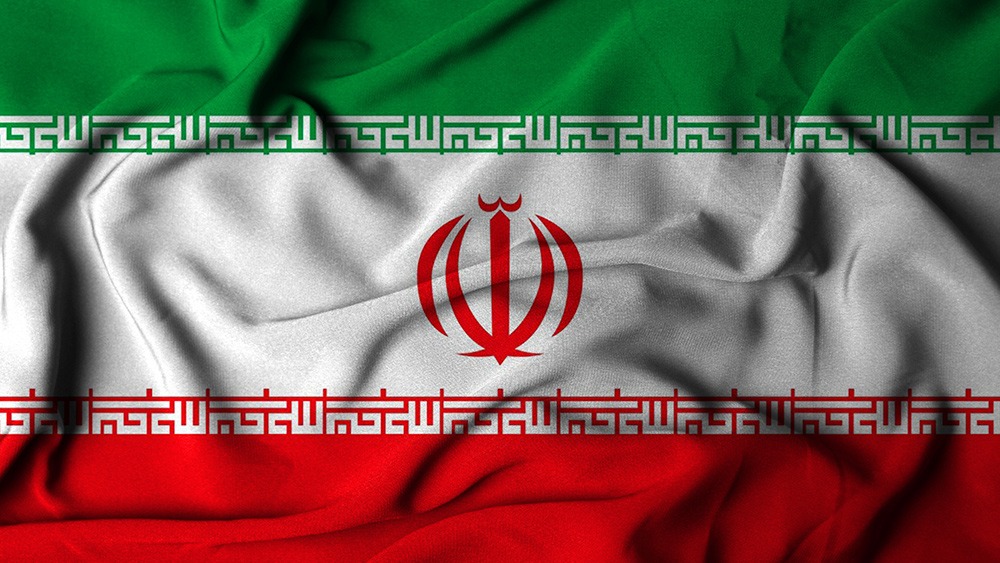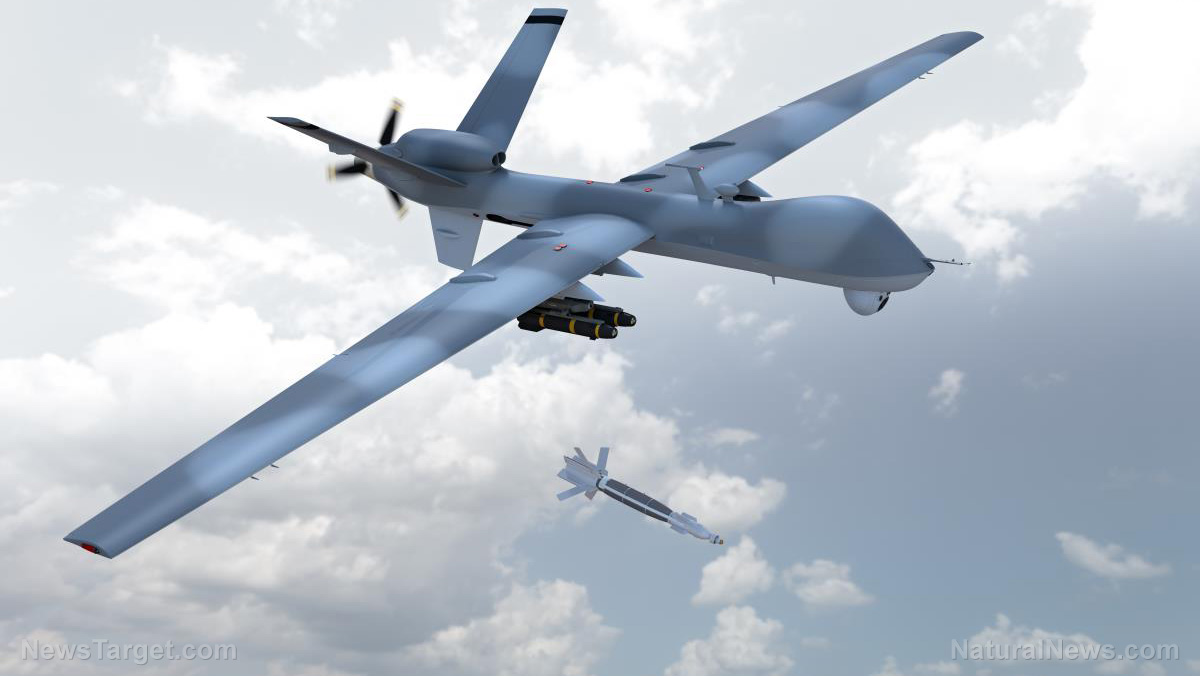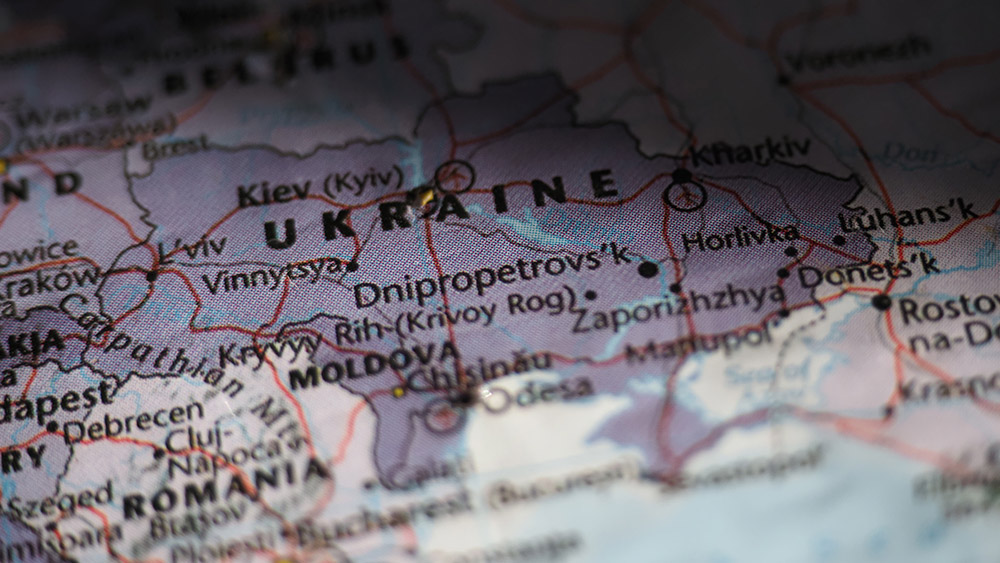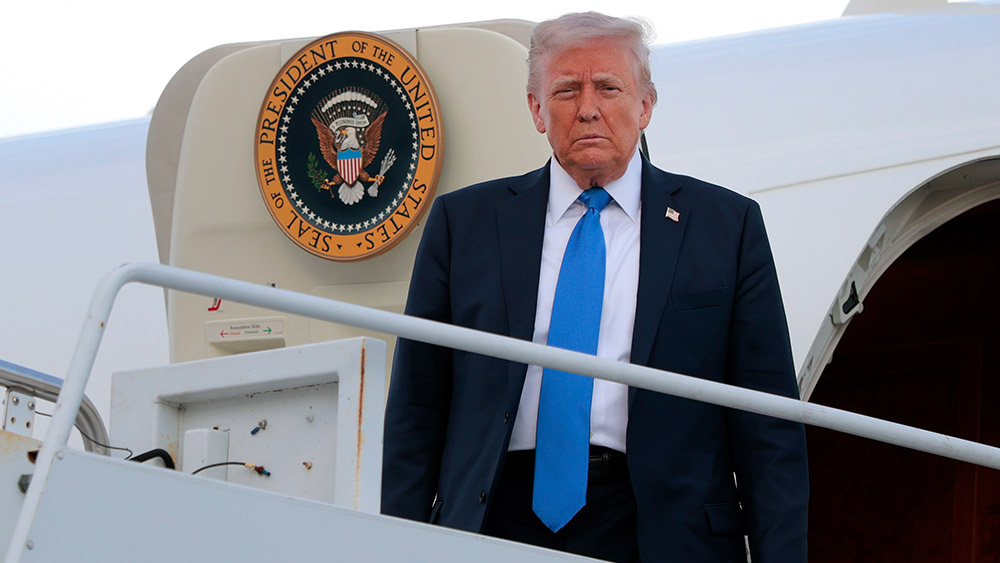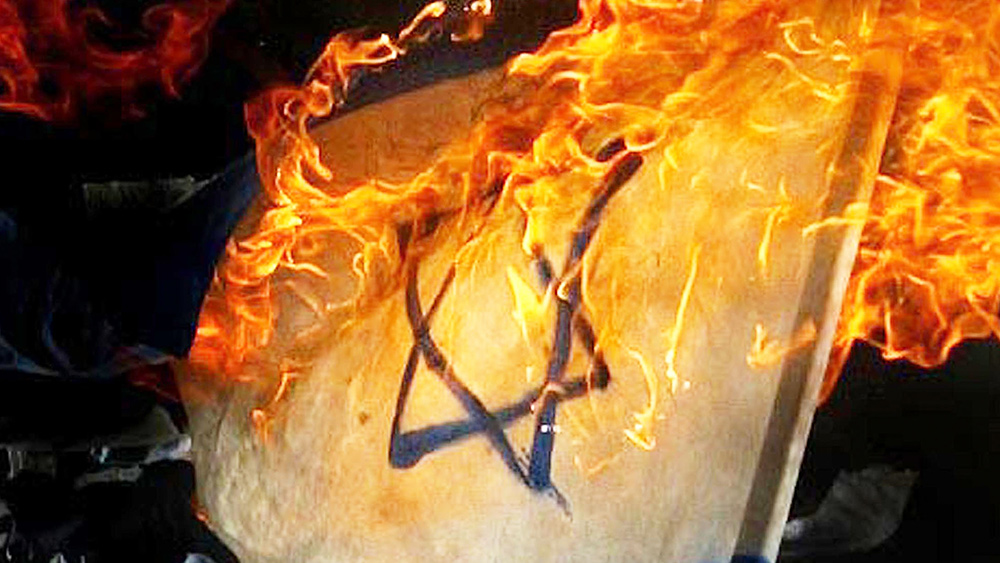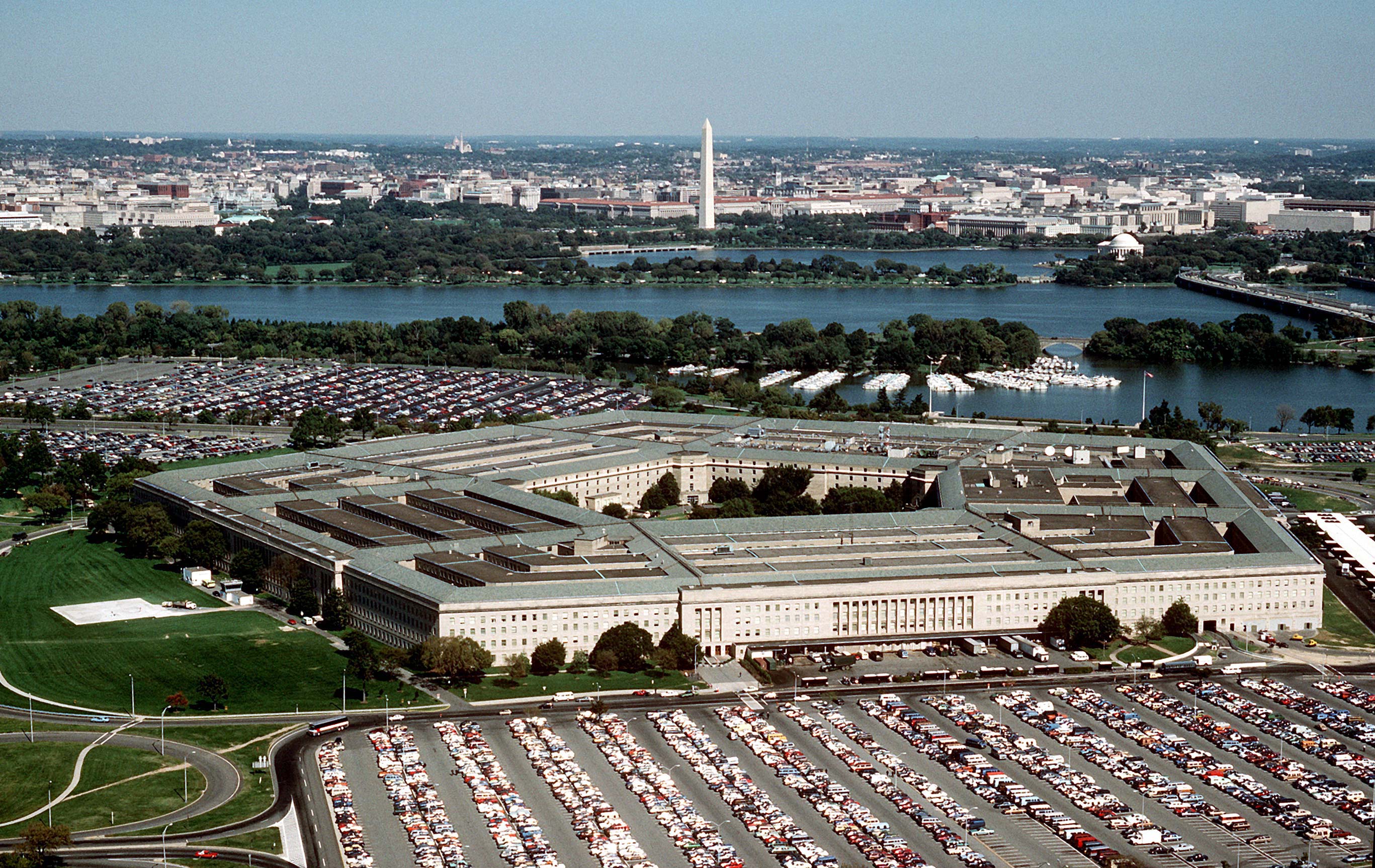Putin unveils operational Burevestnik nuclear-powered missile: A game-changer in modern warfare?
11/02/2025 / By Kevin Hughes

- Russian President Vladimir Putin announced the completion of testing for Russia’s nuclear-powered Burevestnik cruise missile, claiming it is “unique” and “invincible” with unlimited range due to its miniature nuclear reactor.
- The missile’s reactor is 1,000 times smaller than a submarine reactor but comparable in output, enabling rapid activation (seconds/minutes vs. hours/days) and extended flight (15+ hours, 14,000 km in latest test).
- Designed to evade defenses by flying low (50-100m) with erratic paths, the Burevestnik can loiter for days before striking. Putin emphasized its potential for military deployment, though Western analysts doubt its practicality.
- Previous failures included a 2019 explosion that killed nuclear scientists and caused radiation leaks. Despite setbacks, Putin declared the October 2023 test a success, signaling readiness for operational use.
- The announcement coincides with heightened tensions; Trump criticized the timing amid Ukraine peace talks. Russia followed with large-scale nuclear drills, reinforcing its nuclear triad. Analysts speculate the missile may serve as propaganda or a deterrent, given existing ICBM capabilities.
Russian President Vladimir Putin has sent shockwaves through global defense circles with the announcement of a successful final test of Russia’s nuclear-powered Burevestnik cruise missile – a weapon he claims is “unique” and “invincible.”
BrightU.AI‘s Enoch notes that Burevestnik is one of several hypersonic weapons under development by Russia. It is powered by a small nuclear reactor, which provides it with virtually unlimited range and endurance. This is a significant departure from conventional cruise missiles, which are typically powered by jet engines and have a limited range.
The missile represents a significant leap in military technology, though experts remain divided on its strategic practicality. Putin revealed key details about the Burevestnik’s miniature nuclear reactor, describing it as a technological marvel.
“The missile’s reactor is comparable in output with a reactor of a nuclear-propelled submarine, but it’s 1,000 times smaller,” Putin said during a meeting with wounded soldiers. “But the key thing is that where a regular reactor needs hours, days or weeks to go online, this one launches in minutes or seconds.”
This miniaturization allows the Burevestnik to remain airborne for extended periods – reportedly up to 15 hours in its latest test, covering 14,000 kilometers (8,700 miles). Gen. Valery Gerasimov, Russia’s Chief of General Staff, confirmed the missile’s performance, stating: “That’s not the limit.”
Unlimited range, unpredictable flight path
First unveiled in 2018, the Burevestnik – designated by the North Atlantic Treaty Organization (NATO) as the SSC-X-9 Skyfall – is designed to evade existing missile defense systems by flying at extremely low altitudes (50 to 100 meters) and taking unpredictable flight paths. Unlike traditional cruise missiles limited by fuel capacity, its nuclear propulsion theoretically allows it to loiter for days, striking targets at will.
Putin emphasized its strategic advantage: “We need to determine the possible uses and begin preparing the infrastructure for deploying these weapons to our armed forces.” However, Western analysts remain skeptical.
Jeffrey Lewis, a nuclear nonproliferation expert, argued on X that “NATO aircraft could intercept it.” Pavel Podvig of the Russian Nuclear Forces Project told the Moscow Times that while the missile’s range is impressive, “it’s difficult to see a practical role for such a weapon.”
The Burevestnik has faced multiple setbacks. In 2019, a failed test led to an explosion in the Arkhangelsk region, killing five nuclear specialists and causing a radiation spike. Putin posthumously awarded the victims state honors, hinting at their involvement in a “weapon without equal.”
Despite past failures, Putin declared the October 2023 test a success, signaling readiness for deployment. Satellite imagery and navigation warnings had previously hinted at impending tests.
Beyond hypersonic: New missile raises global stakes
The announcement comes amid heightened tensions with the West. U.S. President Donald Trump criticized Putin’s timing, calling the missile test “not appropriate” during Ukraine peace negotiations.
“He ought to get the war ended. A war that should have taken one week is now soon in its fourth year. That’s what he ought to do instead of testing missiles,” Trump said aboard Air Force One.
Kremlin spokesman Dmitry Peskov dismissed concerns, stating the test “should not strain relations further,” given already minimal U.S.-Russia ties. Shortly after the Burevestnik reveal, Russia conducted large-scale nuclear drills, test-firing intercontinental ballistic missiles (ICBMs) from land, sea and air. The exercises involved Tu-95 bombers and submarine-launched missiles, reinforcing Moscow’s nuclear triad readiness.
Putin suggested the reactor technology could aid Arctic energy projects, while radiation-shielded electronics may be used in Russia’s Moon missions. Meanwhile, analysts identified Vologda-20 (Chebsara) – a nuclear warhead storage site – as a likely Burevestnik deployment location.
While Putin frames the Burevestnik as a revolutionary deterrent, experts question its necessity given Russia’s existing ICBM arsenal. Its subsonic speed and potential radiation risks make it vulnerable compared to hypersonic alternatives.
Yet, as Putin moves to operationalize the missile, one thing is clear. Russia is signaling its willingness to push the boundaries of nuclear warfare – whether as a strategic asset or a psychological weapon in an escalating arms race.
Watch this video about Russia’s preparations to launch the Burevestnik cruise missile.
This video is from The Prisoner channel on Brighteon.com.
Sources include:
Submit a correction >>
Tagged Under:
Burevestnik, chaos, cruise missile, Dangerous, Dmitry Peskov, Donald Trump, ICBM, Kremlin, military tech, military technology, Moscow, national security, NATO, nuclear, nuclear reactor, nuclear triad, Russia, US, Valery Gerasimov, violence, Vladimir Putin, weapons technology, WWIII
This article may contain statements that reflect the opinion of the author
RECENT NEWS & ARTICLES
COPYRIGHT © 2017 NATIONAL SECURITY NEWS







